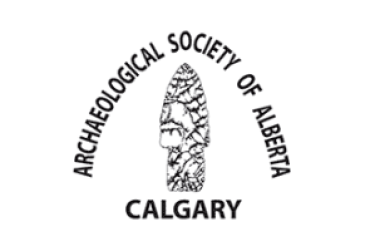Speaker: Ken Holyoke
During the Late Maritime Woodland (ca. 1,300 to 550 years ago), the widespread distribution of particular stone-tool materials correlates with an intensification of regional exchange systems, evidence of increased ritualization of mundane tasks, and increasingly sedentary behaviours among Ancestral Wabanaki on the Maritime Peninsula. Despite this, at a regional scale, chronological resolution between 1,300 years ago and the 20th century is poor. This complicates understanding of how Ancestral Wolastoqiyik and Wabanaki negotiated change in the late pre-Contact and early post-Contact periods despite evidence for continuities and persistence in use and inhabitation of the land. Climate change is having a direct impact on this historical record; as shorelines and islands erode, Ancestors and Ancestral belongings (artifacts) are lost as is the ability to tell stories of millennia past. The Lower Wolastoq Erosion Project is a collaborative project launched in 2024 with the intersecting goals of 1) developing strategies and solutions for the long-term management of Wolastoqey heritage and 2) to answer critical research questions about the nature of Ancestral Wolastoqi lifeways during the Late Maritime Woodland and proto-Contact/Historic (ca. 1450 CE to the early 20th century) periods in the Lower Wolastoq.

